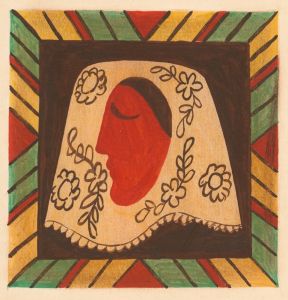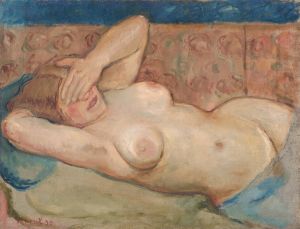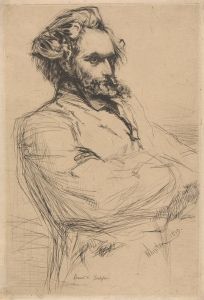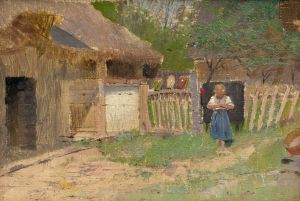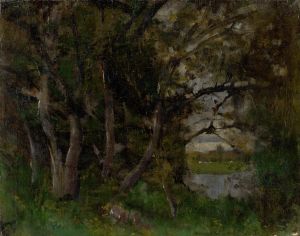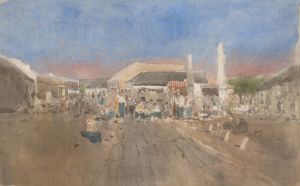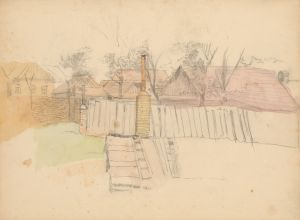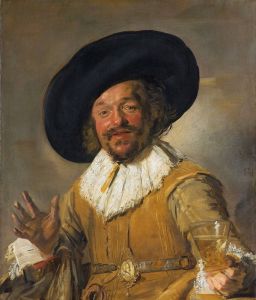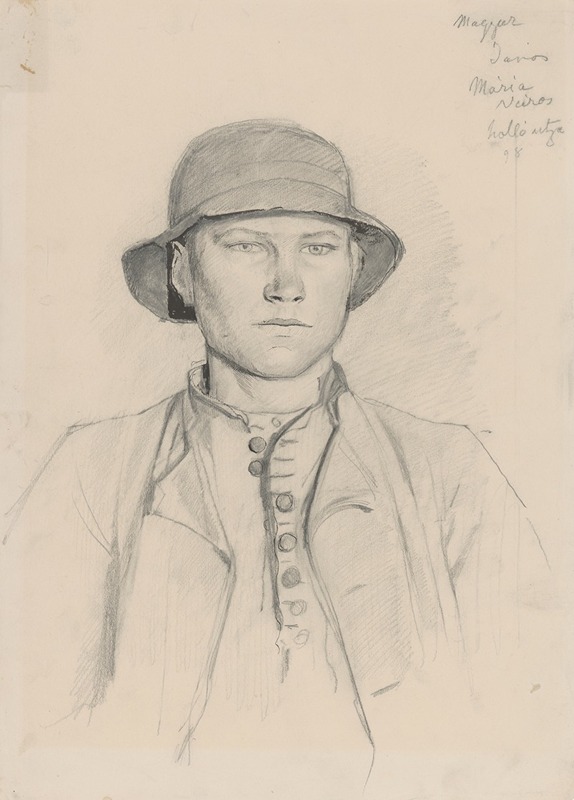
Hlava paholka
A hand-painted replica of Ladislav Mednyánszky’s masterpiece Hlava paholka, meticulously crafted by professional artists to capture the true essence of the original. Each piece is created with museum-quality canvas and rare mineral pigments, carefully painted by experienced artists with delicate brushstrokes and rich, layered colors to perfectly recreate the texture of the original artwork. Unlike machine-printed reproductions, this hand-painted version brings the painting to life, infused with the artist’s emotions and skill in every stroke. Whether for personal collection or home decoration, it instantly elevates the artistic atmosphere of any space.
Ladislav Mednyánszky, a prominent Hungarian painter, created the artwork "Hlava paholka" (translated as "Head of a Peasant") during his prolific career in the late 19th and early 20th centuries. Mednyánszky, born on April 23, 1852, in Beckov, then part of the Kingdom of Hungary, is renowned for his expressive and often somber depictions of rural life and the human condition.
"Hlava paholka" is a poignant example of Mednyánszky's ability to capture the essence of his subjects with profound empathy and realism. The painting focuses on the head of a peasant, rendered with meticulous attention to detail and a deep understanding of the subject's inner life. Mednyánszky's use of light and shadow, combined with his adept brushwork, brings a sense of immediacy and intimacy to the portrait.
Mednyánszky's artistic style is characterized by his loose, yet deliberate brushstrokes and his ability to convey emotion through subtle nuances in facial expressions and posture. In "Hlava paholka," the peasant's face is marked by the hardships of rural life, yet there is a quiet dignity and resilience that shines through. The artist's palette, often muted and earthy, enhances the realism and emotional depth of the work.
Throughout his career, Mednyánszky was deeply influenced by the Symbolist movement, which is evident in his focus on the psychological and spiritual aspects of his subjects. His works often explore themes of suffering, poverty, and the human struggle, reflecting his own philosophical and introspective nature. "Hlava paholka" is no exception, as it delves into the life of a common man, offering a glimpse into the soul of the peasant class that Mednyánszky so frequently depicted.
Mednyánszky's background played a significant role in shaping his artistic vision. Born into an aristocratic family, he received formal art education in Munich and Paris, where he was exposed to various artistic movements and techniques. Despite his privileged upbringing, Mednyánszky chose to focus on the lives of the less fortunate, often traveling through rural Hungary and Slovakia to find inspiration for his work. His empathy for the marginalized and his commitment to portraying their reality with honesty and compassion set him apart from many of his contemporaries.
"Hlava paholka" is housed in the Slovak National Gallery, where it continues to be admired for its technical mastery and emotional resonance. The painting is a testament to Mednyánszky's skill as a portraitist and his deep connection to the human experience. It remains an important piece within his oeuvre, highlighting his dedication to capturing the essence of his subjects with authenticity and sensitivity.
Ladislav Mednyánszky passed away on April 17, 1919, in Vienna, Austria. His legacy endures through his extensive body of work, which continues to be studied and appreciated for its artistic and historical significance. "Hlava paholka" stands as a powerful representation of his ability to convey the depth and complexity of human emotion through the medium of paint.





